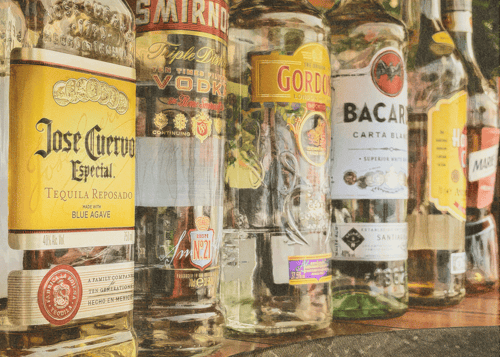
A century of combating alcoholism
When it comes to alcohol consumption in Europe, Latvia takes the unfortunate lead, despite a century of action against just this, starting with the ”Law on Combating Drunkenness” from December 1924. These days, the average annual alcohol intake per person aged 15 or older in Latvia is between 12 and 13 litres of pure alcohol, compared to an EU average of 9.8 litres in 2020, according to the OECD.
The most recent action, at the end of March, was the Latvian parliament's Social and Labour Affairs Committee voting to increase the legal age for purchasing alcohol from 18 to 20 years old. This week, a similar fate befell the trading hours, which the committee has now agreed to cut, but the final decision to amend the law or not, will be up to Saeima.
100 years of searching for the right law
Back in 1924, the first efforts to lower consumption included strict regulations on alcohol advertising, purchase, and consumption, including limitations on sales hours and locations. Efforts continued during the Second World War, though illegal production and trade flourished due to the chaotic wartime conditions.
Then came Soviet occupation where, despite the proclaimed incompatibility of alcohol with socialism, alcohol production and consumption surged in Latvia. State revenue from alcohol sales doubled within the first seven years, which historians attribute to demographic shifts, including the influx of immigrants from the USSR, who brought different drinking habits.
As the USSR occupation ended, economic turmoil in the 1990s led to a further explosion in alcohol consumption, eventually leading to today’s high levels.
Uninvited tradition
Excessive drinking contributes to health problems and premature deaths, particularly among men, exacerbating Latvia's gender gap in life expectancy. Despite this, government measures often prioritise alcohol revenue over addressing root causes.
The country's history of oppression has not helped suppress the Latvian urge to look for happiness at the bottom of the bottle. While historians might seem divided over the exact origins of the dangerous habit, the worst outbreak of the drinking plague seems to have been cultivated by the Soviets.
Enduring the occupation years called for numerous occasions to open the bottle, starting from Stalin's tactics to ”wash out” the disloyal people to the ”honourable” matter of taking a shot of vodka – 100 grams – for every tiniest reason for celebration, such as finishing the potato harvest or the handyman fixing the leaking roof.